Author: James Burnette
Survival Lessons From The Homeless | episode 199
Survival Lessons From The Homeless | episode 199 This week I’m talking about Survival Lessons From The Homeless. It was really the first topic ever covered […]
Dealing With Pests In A SHTF Part 2 | episode 198
Dealing With Pests In A SHTF Part 2 | Episode 198 This week I conclude (finally) my Dealing with Pests In A SHTF series. It was […]
Dealing With Pests During A SHTF | episode 197
Dealing With Pests During A SHTF | episode 197 This week I talk about Dealing with Pests During A SHTF. This will be a two-part show.
Bugging Out With Kids | episode 196
Bugging Out With Kids | episode 196 https://www.survivalpunk.com/wp-content/uploads/2019/03/bugging-out-with-kids.mp3 This week I talk about bugging out with kids. What are the challenges and the rewards for bugging out with a family? […]
How To Deal With Prepper Burnout | 195
How To Deal With Prepper Burnout | 195 This week I revisit the topic of How to deal with prepper burn out. I covered this topic originally back […]


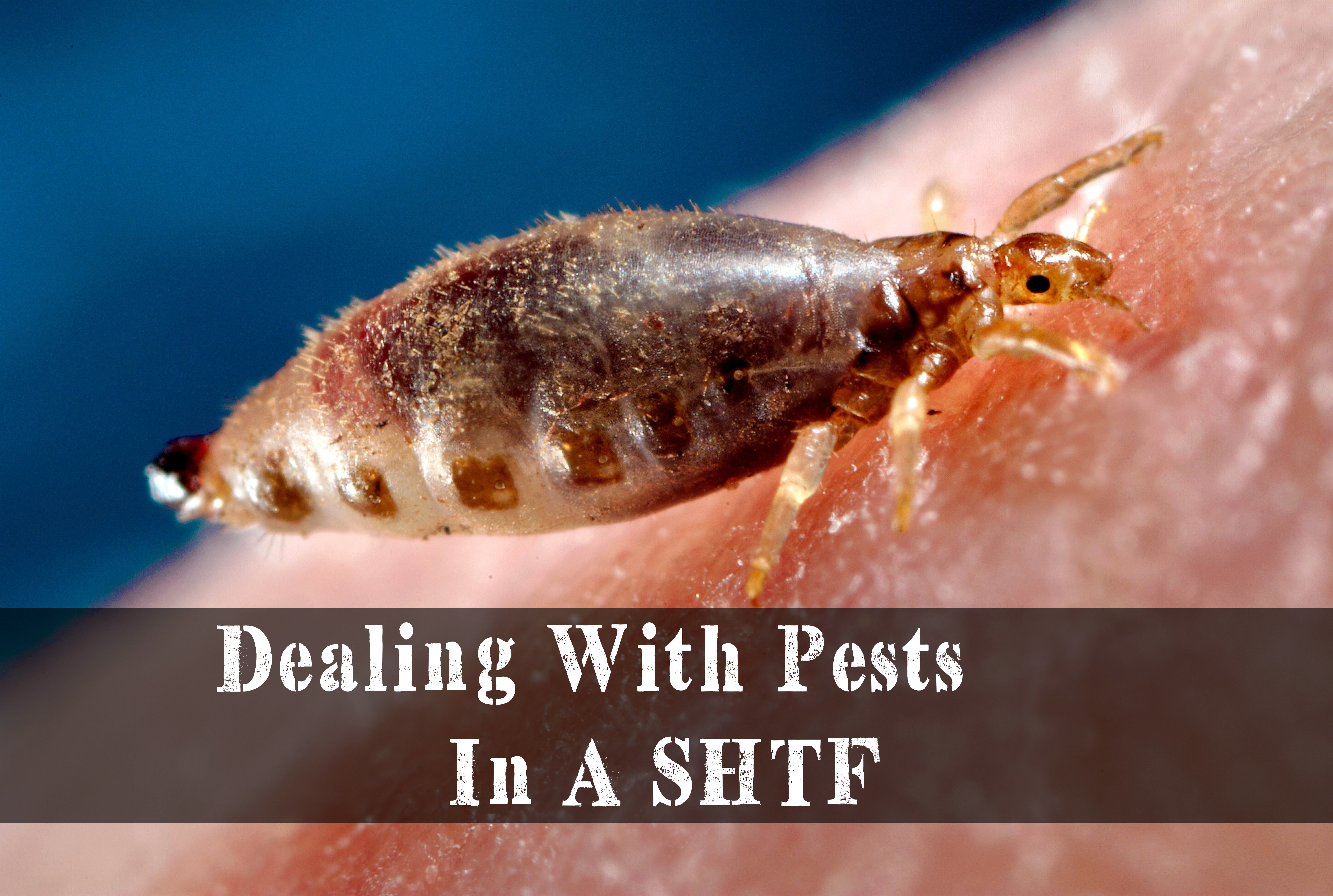
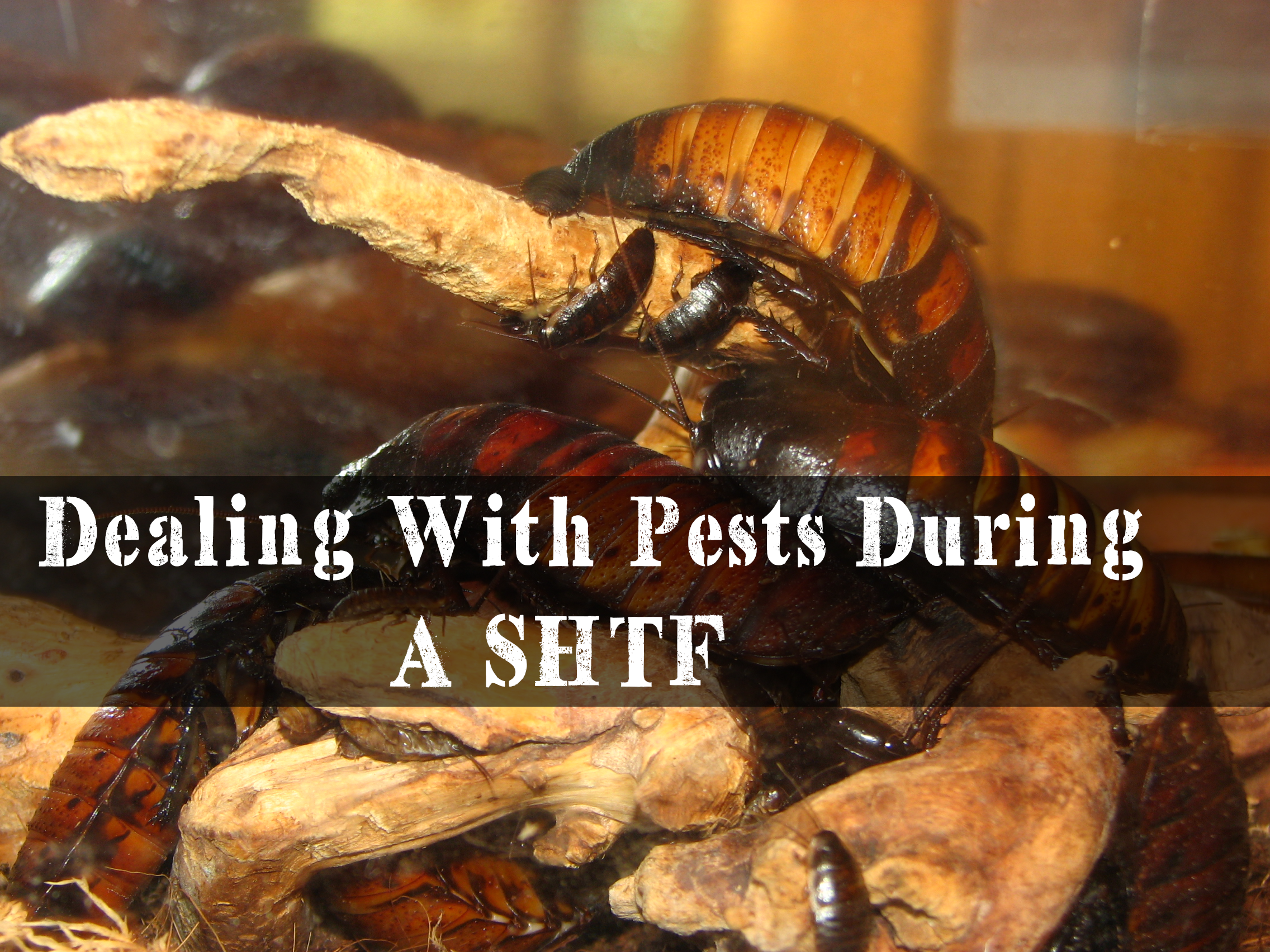


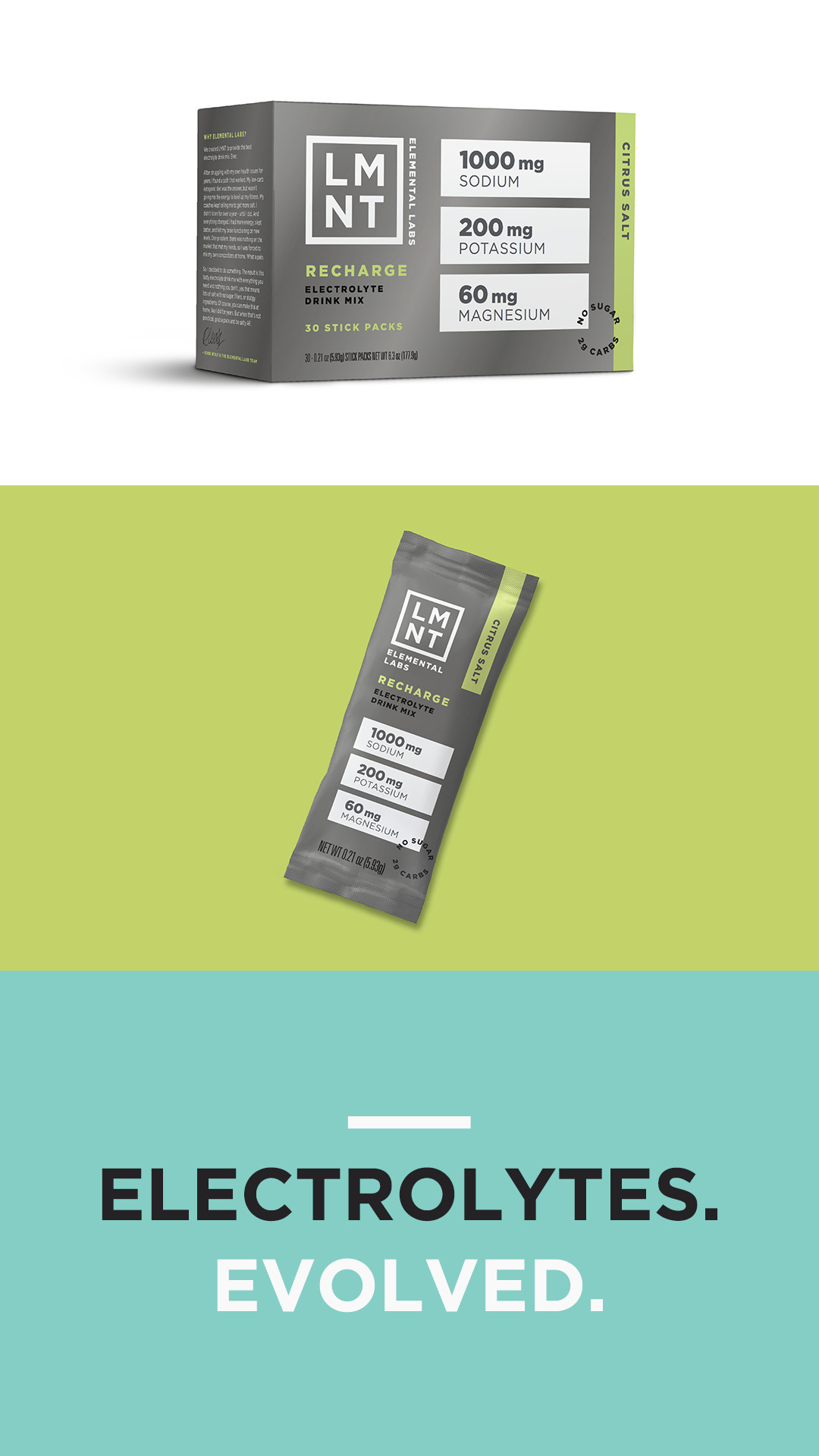

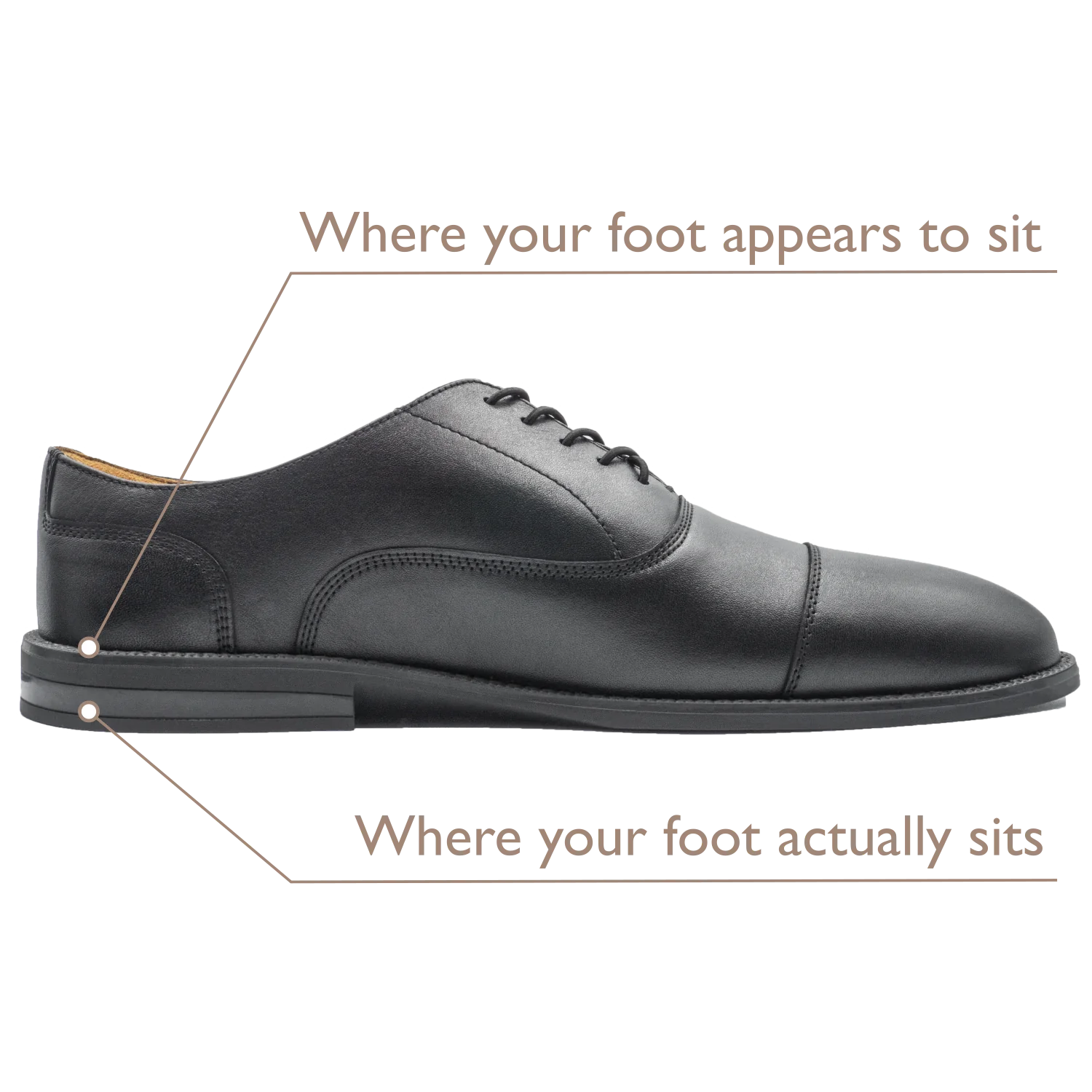

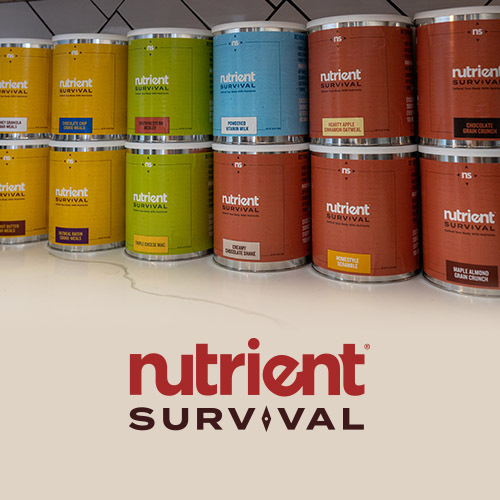
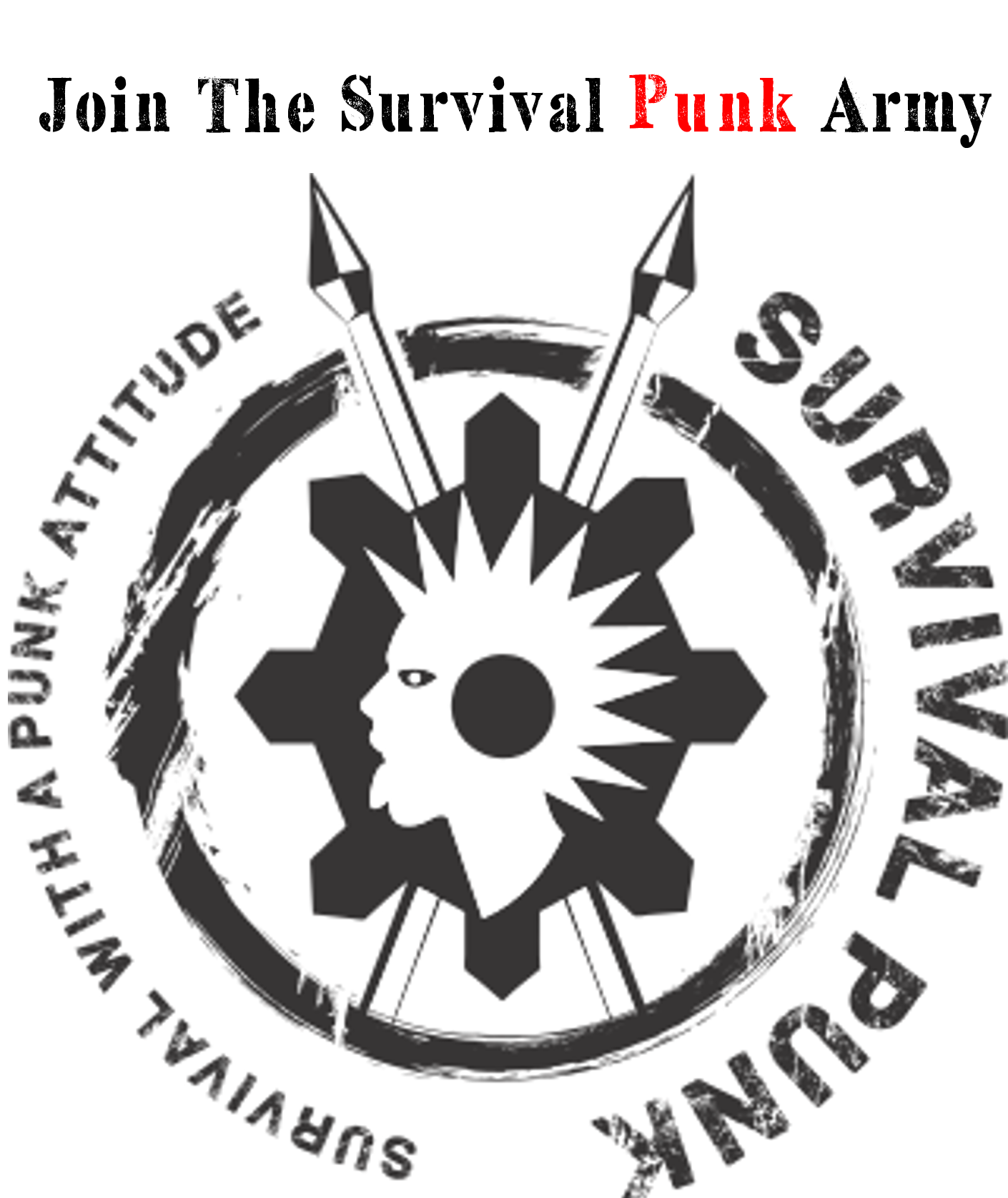

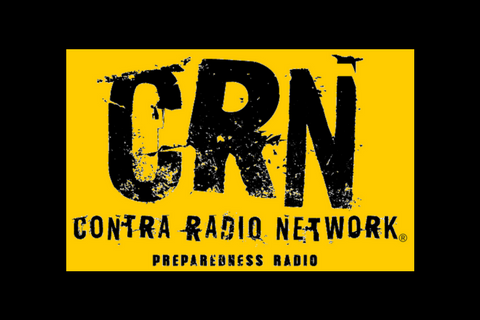
Follow Us!